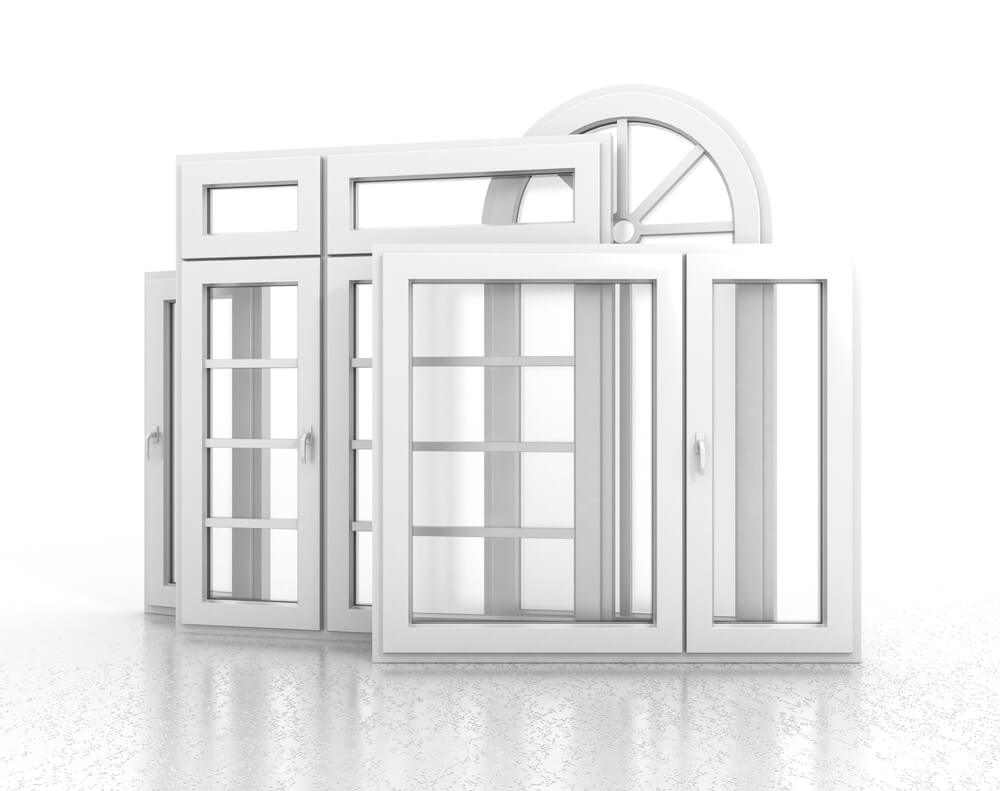What to Look for in Replacement Windows
First things first—replacing windows in the house is not exactly the most thrilling job. If anything, it could be time-consuming searching windows that are compatible with your house because these don’t come in one-size-fits-all packages. On the bright side, updating your windows does not only answer repair issues but is also an effective way of upgrading the look of your home, explains United Better Homes, the best choice if you're looking for replacement windows in RI.
Replacing windows these days is a lot different from decades ago. In the past, choosing windows depended mainly on finding what worked with a house’s architectural style—colonial, Victorian, Tudor, Mediterranean, etc. As technology advanced, so did the things that windows can do.
Innovation factors greatly when looking for replacement windows. According to the U.S. Department of Energy, windows bear different features and technologies. Such types and innovations improve efficiency, functionality, longevity, and appearance.
Here are some factors you should consider when looking for replacement windows as prescribed by the Department of Energy:
1. Frames
Every type of frame presents advantages and disadvantages. A frame’s thermal resistance contributes to a window’s U-factor, which the DOE explains as “the rate at which a window, door, or skylight conducts non-solar heat flow.” Windows with a lower U-factor have better energy efficiency.
2. Glazing or Glass
Your glazing or glass selection should depend on some important factors such as window orientation, climate, and architectural style. The type of glazing or glass will also influence your window’s overall energy efficiency.
3. Operating Types
The DOE lists a dozen traditional window operating types. How a window operates plays a role in determining its air leakage rate, which also reinforces its energy efficiency.
How to Choose the Right Replacement Window for Your Home
Nonprofit organization Consumer Reports tested 25 of the most popular replacement window configurations—21 double-hung and 4 casement-style—in order to give consumers sound advice on choosing the right replacement window. In their study, they "subjected the windows to heavy, wind-driven rain and winds of 25 and 50 mph at outdoor temperatures of 0°F and 70°F”. Here are their recommendations based on their findings:
1. Don’t base your selection on price
It’s easy to get the impression that price is an indication of performance, but it is not. When they compared the pricing and performance of different types of 3x5-foot windows, they found out that a $260-window fared better than its $450- and $500-counterparts. They studied each window on its ability to keep out cold air and rain.
2. Climate is a major factor
One of the huge factors in deciding which replacement windows to purchase is the general climate in your state. Consumer Reports prescribes checking out the overall rankings in its window ratings, then matching it against those that work for the kind of climate that you have. If you live in cold-weather states such as North Dakota, Maine, or Wyoming, your family would feel warmest and most comfortable with windows that have adequate low-temperature wind resistance.
3. Don’t get swayed by sales talk
Sales agents get commissions on upgrades, so expect them to persuade you to purchase expensive add-ons. Not that every add-on is an unnecessary expense, but not all add-ons will make sense in the kind of house that you have. The nonprofit organization stated low-E coatings as an example; while these do improve a window’s energy efficiency, going overboard with triple glazing when you live in a warmer climate is a huge waste of money.
4. Understand the numbers
By now, you already know that choosing your windows is not merely an issue of what pleases the eye, but there is another thing you have to understand—the numbers.
- U-factor or U-value – determines how good a window is at maintaining heat inside your home; ranges from 0.20 to 1.20
- Solar heat gain coefficient – determines a window’s ability to resist the sun’s unwanted heat. Warm climates require a low solar heat gain coefficient while colder climates call for a high coefficient. SHGC is between 0 and 1.
- Visible transmittance – determines a window’s ability to let in visible light; graded between 0 and 1. The higher the number, the more visible light penetrates through the window.
When to Replace Your Windows
What is your primary reason for replacing your windows? If it’s because you learned that you could cut down costs with energy-efficient windows, forget it because it would take long years before you regain the replacement costs. Here are a few instances that call for immediate window replacement:
1. Major damages
Minor damages such as a loose hinge could do away with repairs, but major ones such as refusing to stay open or closed mean your windows are due for a replacement.
2. Severe storm or hurricane
Storms and hurricanes have a high potential to damage windows and other home fixtures. If your house had just survived any of these calamities, give your windows a thorough inspection. When replacing, you might want to consider fiberglass windows as these can withstand coastal winds, sea salt, and humidity.
3. Home makeover
If you’re giving your house a major overhaul, replacing your windows is a great way to update the vibe and look of your home.






















